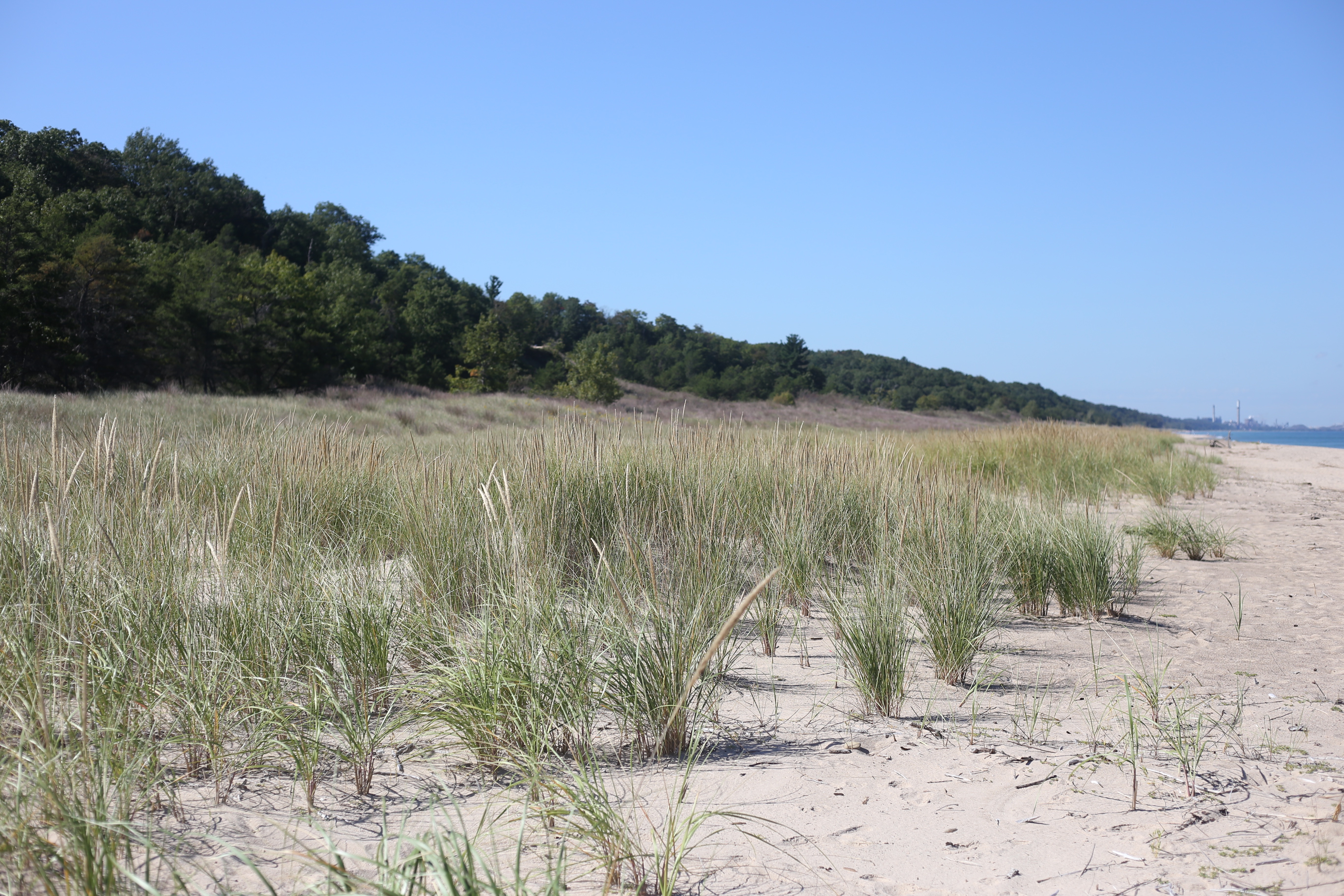The first workshop began with a presentation rooted in scientific climate change concepts. During this workshop, participants examined climate stressors in northwest Indiana, the Indiana dunes and Great Lakes region. The information assembled during this workshop was organized into the “Threats” section of the action plan. By articulating the necessity of an adaptation plan, this workshop secured the support of a range of contributors and an advisory committee including the National Park Service, Indiana Department of Natural Resources, U.S. Geological Survey, The Nature Conservancy, Purdue Climate Change Research Center and the Northwest Regional Planning Commission.
In the second workshop, participants focused on climate change impacts to the Indiana dunes and future action plans for dune maintenance. The information compiled during this workshop was organized into the “Goals” and “Vulnerabilities” sections of the action plan.
During the third workshop, participants developed adaptation strategies organized into the “Adaptations” section of the action plan.
The adaptation plan largely depended on having accurate predictions to anticipate the future effects of climate change. The projections were extrapolated from the Indiana Climate Change Impacts Assessment developed by the Purdue Climate Change Research Center.
Funding
Save the Dunes obtained a grant for $46,950 from the Lake Michigan Coastal Program, which is administered by the Indiana Department of Natural Resources using funding from the National Oceanic and Atmospheric Administration. The Field Museum contributed $47,530 to the plan’s development. The groups dedicated the total amount - $94,480 - to developing the adaptation plan.
Timeframe
It took about one year to develop the plan.



